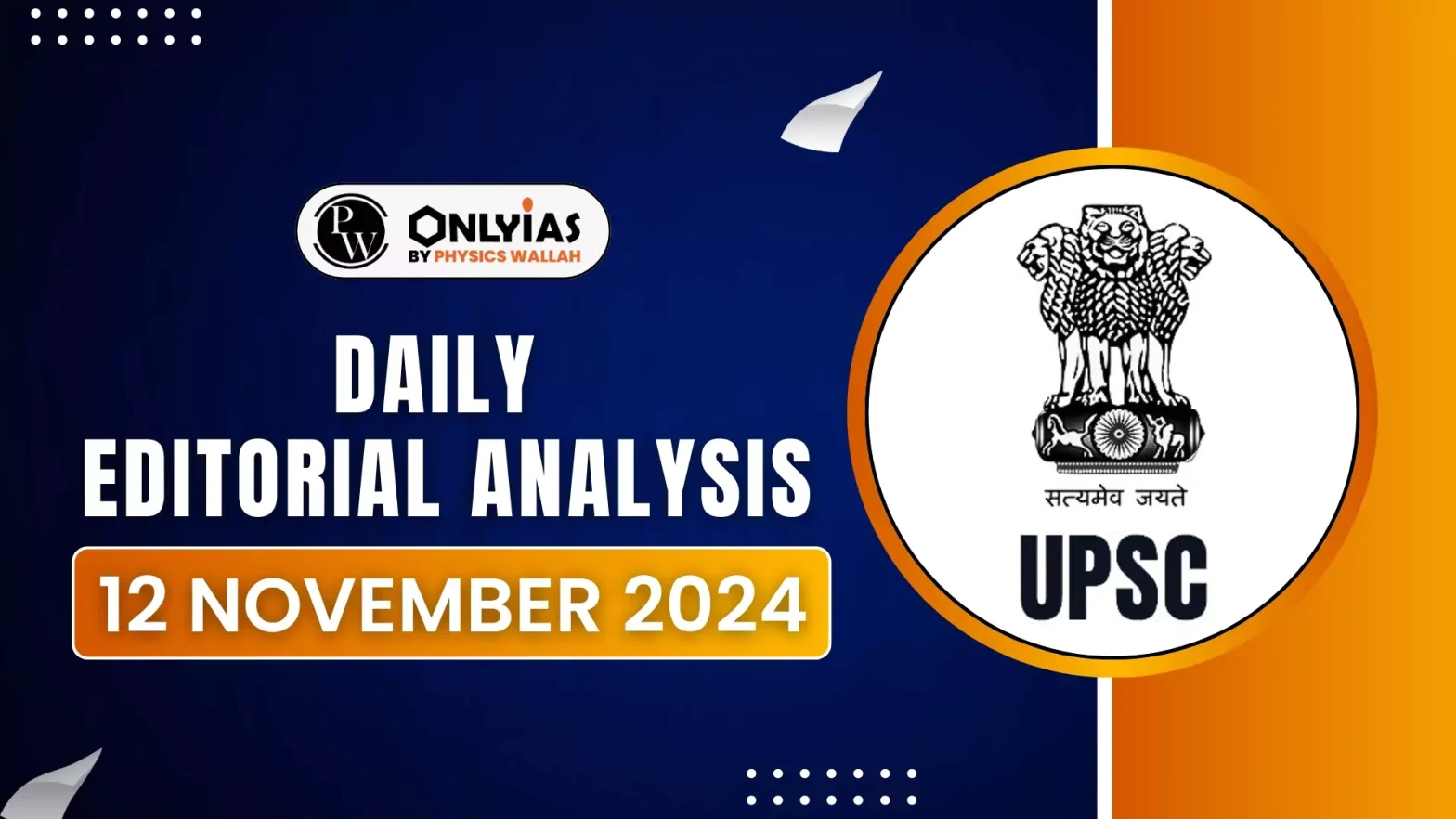The India-China border issue has been a longstanding source of tension, particularly along the Line of Actual Control (LAC). Recent developments, such as the India-China détente at the 2024 BRICS Summit, have raised hopes for peace, however critical questions and uncertainties still remain.
Key Issues in the India-China Border Conflict
- Progress on Troop Disengagement and De-escalation: Following the 2024 summit between Prime Minister Narendra Modi and President Xi Jinping, troop disengagement at Depsang and Demchok has been completed.
- However, the processes for further de-escalation and verification remain unclear, with no definitive framework for the agreements.
- Additionally, the specifics of the newly agreed “patrolling arrangements” and PLA access in areas like Yangtse are still uncertain.
- Uncertainty about whether the new patrolling arrangements differ from previous ones and if India and China will update past protocols, including the 2013 Border Defence Cooperation Agreement, to reflect the new status quo after disengagement.
Click to Know More About Line Of Actual Control
Theories on Chinese Actions
The India-China border crisis reached a boiling point in 2020, particularly after violent clashes at Pangong Tso and the deadly Galwan Valley conflict. During this period, Chinese forces amassed along the LAC, causing India to question China’s territorial ambitions. Four potential theories have been proposed to explain China’s aggressive stance
Enroll now for UPSC Online Classes
- Expansionist Policy: China’s 2014 policy to control “every inch of territory” has led to aggressive actions in various regions, including Taiwan, the South China Sea, Doklam, and along the LAC with India.
- Strategic Reminder: Beijing may be signalling that, despite growing India-U.S. ties, India’s 3,500 km border with China remains a primary concern, emphasising the strategic importance of the continental boundary.
- Response to Indian Infrastructure: Developments such as the Daulat Beg Oldie airstrip and new border villages challenge China’s security concerns, particularly its projects connecting Xinjiang to Pakistan-occupied Kashmir.
- Despite China’s objections, India has accelerated its infrastructure development, strengthening its territorial position.
- Reaction to India’s 2019 Jammu and Kashmir Reorganisation: China’s strong protests against India’s 2019 Jammu and Kashmir reorganisation, including its claim over Aksai Chin, likely triggered the 2020 escalation.
- The release of new maps by India, delineating disputed boundaries, further escalated tensions, prompting China to issue warnings against any actions that could complicate the boundary issue.
Way Forward
- Transparency: For lasting peace at the India-China border, India must adopt a more transparent approach in negotiations and military strategies. This will help build trust both domestically and internationally.
- Engagement and Accountability: The government should engage more actively in debates and decision-making processes, ensuring accountability and avoiding surprise announcements regarding military escalation or de-escalation.
- Democracy vs. Authoritarianism: Unlike China’s one-party system, India is a vibrant democracy, which allows for diverse viewpoints and better foreign policy decisions.
Conclusion
To ensure a stable future at the India-China border, India needs to prioritise transparency, clear agreements, and a strategic, long-term vision. Balancing diplomatic openings with clear communication will be critical for enduring peace in the region.
![]() 12 Nov 2024
12 Nov 2024


